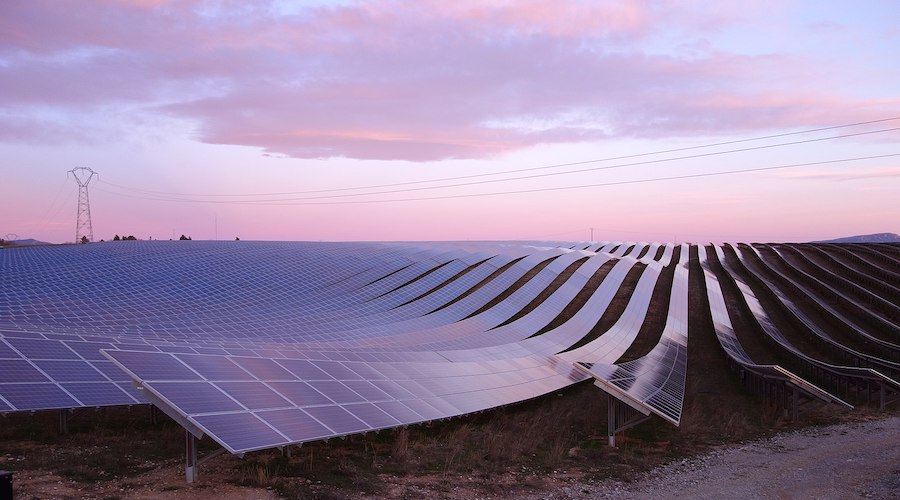Europe needs to invest over €300B in the next two years to reach climate goals – study


Europe needs to invest €300 billion per year to build relevant infrastructure over the next two years if it wants to reach its goals of becoming climate neutral by 2050 and reducing greenhouse gas emissions to net zero, a new study has shown.
According to the paper published in the journal Nature Climate Change, major investments in power generation from renewable energies, electricity grids, storage devices and other infrastructure are urgently required across the EU and neighbouring countries.
To reach this conclusion, the authors of the study built on 56 relevant technology and investment studies from academia, industry and the public sector. They focused on the countries in the EU but also took into account data on the UK, Norway and Switzerland.
In their view, the most dramatic increase in the need for investment is in power generation from renewable energies.
“In order to drive forward the decarbonization of all areas of life, around €75 billion need to be invested in solar and wind power plants in the coming years. This is €24 billion more per year than in the recent past,” Bjarne Steffen, a professor at the Swiss Federal Institute of Technology in Zürich and co-author of the study, said in a media statement.
The situation is similar when it comes to the expansion of distribution networks and railways. In these areas, too, 40% to 60% additional financial flows are required compared to the 2016–2020 period to expand electrification and shift traffic from road to rail.
Steffen and his co-author Lena Klaaßen also noted that the war in Ukraine is reinforcing these trends further.
“To import as little gas as possible from Russia, Europe would have to invest around €10 billion more per year in solar energy and wind power. In comparison, significantly less investment—around €1.5 billion per year—is needed in additional natural gas infrastructure such as LNG terminals,” Steffen said.
According to the paper, fossil fuels such as coal, oil and gas are likely to tie up less capital in the future in Europe. The investment required in conventional power plants in particular is set to fall by 70% within the space of a few years.
Klaaßen pointed out that the money to make such big investments is readily available in Europe —given the size of the continent’s equity and bond markets. The main challenge, however, is to put the necessary political policies in place quickly enough to ensure that capital flows into the right projects.
“Political measures should be tailored to funding in those sectors where there is the greatest need for investment,” she explained. “For example, existing regulations in the EU focus on identifying sustainable securities, despite the fact that important climate-relevant infrastructure is not at all financed via the equity markets.”
The researcher mentioned that the expansion of renewable energies, in contrast, is often made possible by private investors such as pension funds and banks. Yet, the data show that the public sector could minimize its risk through revenue warranties and by making approval procedures as quick and predictable as possible.
Comments